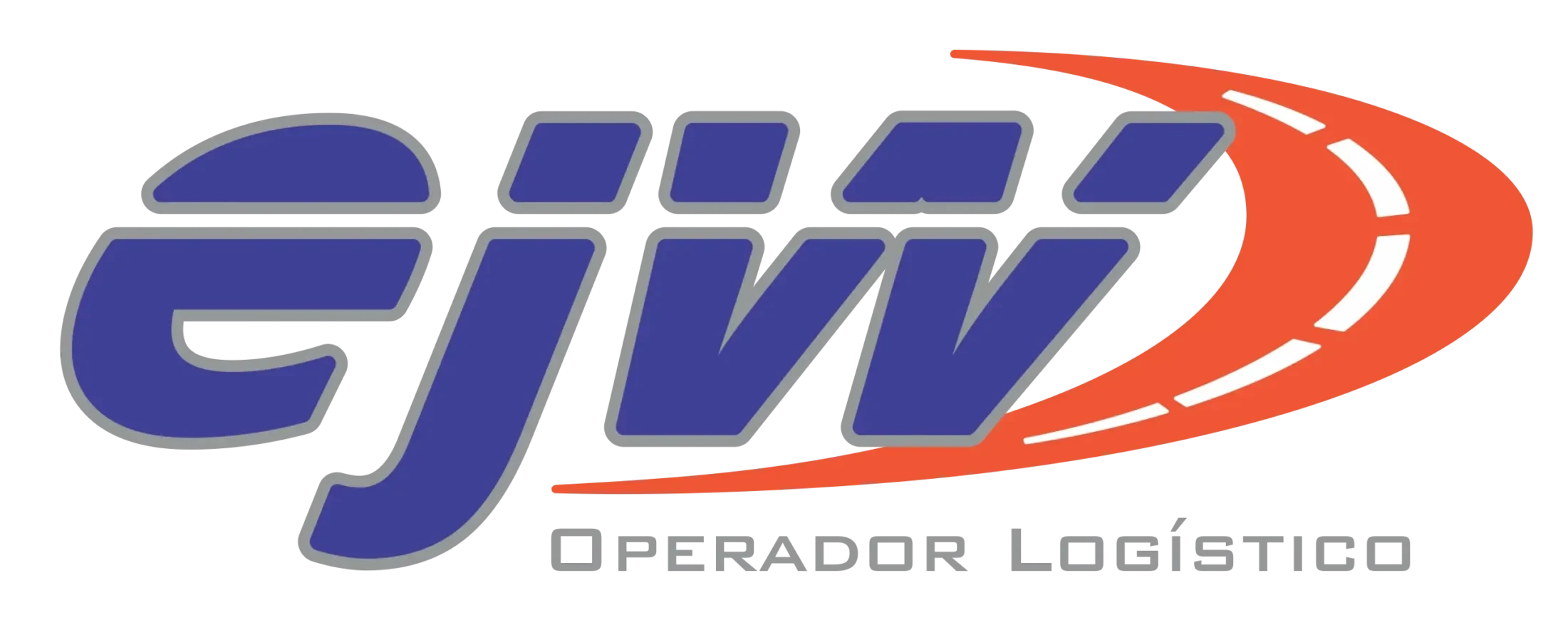In an increasingly globalized and competitive world, supply chain efficiency has become a decisive factor for the success of companies. Optimizing logistics not only reduces costs, but also improves service quality, increases customer satisfaction, and generates sustainable competitive advantages. Below, we will explore the most effective strategies to optimize the supply chain in 2024, with a focus on the implementation of new technologies, better storage practices, and the importance of comprehensive logistics management.
Introduction to the Modern Supply Chain
The supply chain has evolved significantly in recent years, driven by digitalization, e-commerce, and the need to deliver products quickly and efficiently. In 2024, the modern supply chain is no longer limited to the simple distribution of products; it now involves a complex network of suppliers, warehouses, carriers, and customers working in sync.
The main objective is to achieve a fluid and coordinated management of all stages, from production to final delivery, minimising waiting times and costs. To achieve this efficiency, companies must adapt their operations to the new realities of the market and adopt innovative strategies.
Key Technologies for Logistics Optimization
Implementing advanced technologies is essential to improve supply chain efficiency. Some of the most relevant technologies include:
- Satellite Tracking and Telematics: Real-time fleet tracking allows companies to manage routes more efficiently, reduce delivery times and optimize fuel use. Fleet control with satellite tracking also improves safety, allowing the status and location of each unit to be monitored.
- Inventory Management Systems (IMS): Real-time stock control platforms allow companies to view their inventory from anywhere, avoiding excess or shortages of product. This facilitates planning and improves the ability to respond to changes in demand.
- Automation and Robotics in Warehouses: The use of robots for product handling and automated sorting systems improves the speed and accuracy of goods handling, reducing reliance on manual labor and minimizing errors.
- Artificial Intelligence (AI) and Big Data: These tools allow large volumes of data to be analyzed to predict demand trends, optimize routes and improve decision-making in real time. AI also helps to identify bottlenecks in the supply chain and propose proactive solutions.
Efficient Storage: Best Practices
Warehousing is a crucial part of the supply chain and optimizing it can yield huge benefits. Here are some best practices:
- Workflow-Based Warehouse Design: Organizing the warehouse according to the frequency of product movement improves efficiency and reduces handling times. The most in-demand products should be located in easily accessible areas.
- Palletizing and Stacking Strategies: Correct palletization and stacking of products guarantees their stability during storage and transport, reducing the risk of damage and facilitating handling.
- Implementation of Security and Quality Control Systems: Surveillance cameras, access control systems and security protocols are essential to protect merchandise and ensure its integrity.
- Efficient Space Management: Maximizing the use of vertical space through racks and shelves optimizes warehouse capacity, allowing more products to be stored without having to expand the area.
Smart Transport: Route and Time Optimization
Transportation is one of the most expensive and complex components of the supply chain. Optimizing it can make a huge difference in operational efficiency:
- Route Optimization: Using route optimization software helps you select the fastest and most economical routes, taking into account variables such as traffic, weather, and road restrictions.
- Preventive Fleet Maintenance: Keeping vehicles in top condition not only prevents unexpected downtime, but also improves fuel efficiency and extends asset life.
- Real-Time Monitoring: Tracking systems allow companies to adjust routes and schedules on the fly, reacting to any unforeseen events and ensuring on-time deliveries.
- Own Fleet vs. Outsourcing: Evaluating the advantages of operating with your own fleet versus contracting transportation services can help make strategic decisions that positively impact costs and delivery times.
Deconsolidation as a Key Factor in Logistics
Deconsolidation, or unloading and sorting of goods, is a critical process that can significantly impact the speed and efficiency of the supply chain:
- Mobile Ramps and Specialized Equipment: Having adequate infrastructure, such as high-capacity mobile ramps, facilitates the unloading of containers and improves operating times.
- Standardized Deconsolidation Processes: Implementing palletizing, stretch wrapping and strapping protocols reduces the risk of damage and ensures that products are ready for distribution or storage.
- Safety and Harm Reduction: Careful handling of merchandise during deconsolidation minimizes the risk of loss or damage, ensuring that products arrive in perfect condition at their final destination.
Conclusion: The Future of Logistics and the Importance of Innovation
Supply chain optimization is an ongoing process that requires the adoption of new technologies, constant process improvement, and the ability to quickly adapt to market changes. In 2024, companies that manage to integrate efficiency strategies into all stages of their logistics will be better positioned to compete and grow.
The key is not only to implement technological solutions, but also to develop a culture of continuous improvement, where each member of the team understands the importance of efficiency and quality in each operation. As we move forward this year, innovation and adaptability will be the pillars that define the leaders of the logistics sector.
